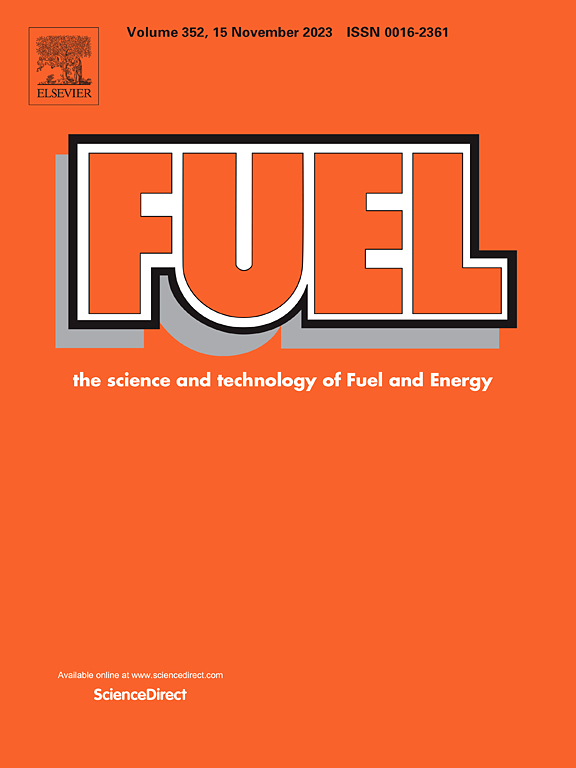电力工业用绝缘生物油的机械、热和电气参数的测量
IF 6.7
1区 工程技术
Q2 ENERGY & FUELS
引用次数: 0
摘要
本文介绍了几种测定不同类型绝缘液体电学、热学和力学参数的测量方法的研究和分析结果。本研究的主要目的是提出一种程序,允许使用已知的方法来分析新的替代生物油的关键参数。研究并比较了基于不同绝缘液的两种情况:石油基绝缘油和NYTRO®BIO 300X绝缘生物油。研究表明,生物油的运动粘度在绝缘工作温度范围内约为石油基矿物油的两倍。测定了生物油浸渍板的电阻率、介电常数和损耗因子的频率-温度关系。结果表明,用损失系数法测定生物油浸渍纤维素的含水率并不理想。最后,确定了在这种情况下,最优的测量方法应以直流电导率、交流电导率和介电常数为输入参数。本文章由计算机程序翻译,如有差异,请以英文原文为准。
Measurements of mechanical, thermal and electrical parameters for insulating bio-oils used in the power industry
This article presents results of research and analysis of several measurement methods for determination of electrical, thermal and mechanical parameters of different type of insulation liquids. The main goal of the study is to present procedure that allows the use of the commonly known methods for the analysis of key parameters of new alternative bio-oils. Two scenarios based on different insulation liquids are investigated and compared: petroleum-based insulating oil and NYTRO® BIO 300X insulating bio-oil. It was established that the kinematic viscosity of bio-oil is about twice as low as for petroleum-based mineral oils in the operating temperature area of the insulation. Frequency-temperature dependences of tanδ, permittivity and loss factor of bio-oil impregnated pressboard are determined. According to the results, the use of loss factor to determine moisture content in cellulose impregnated by bio-oil is not optimal. Finally, it is confirmed that in this case optimal measurement method should be based on DC conductivity, AC conductivity and permittivity as input parameters.
求助全文
通过发布文献求助,成功后即可免费获取论文全文。
去求助
来源期刊

Fuel
工程技术-工程:化工
CiteScore
12.80
自引率
20.30%
发文量
3506
审稿时长
64 days
期刊介绍:
The exploration of energy sources remains a critical matter of study. For the past nine decades, fuel has consistently held the forefront in primary research efforts within the field of energy science. This area of investigation encompasses a wide range of subjects, with a particular emphasis on emerging concerns like environmental factors and pollution.
 求助内容:
求助内容: 应助结果提醒方式:
应助结果提醒方式:


